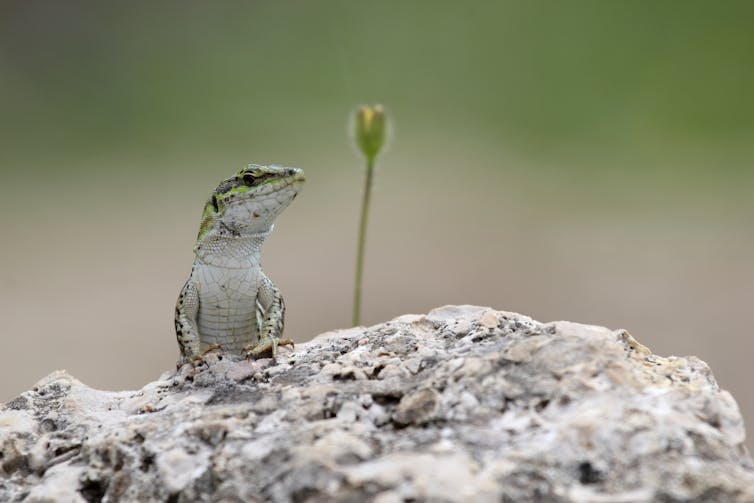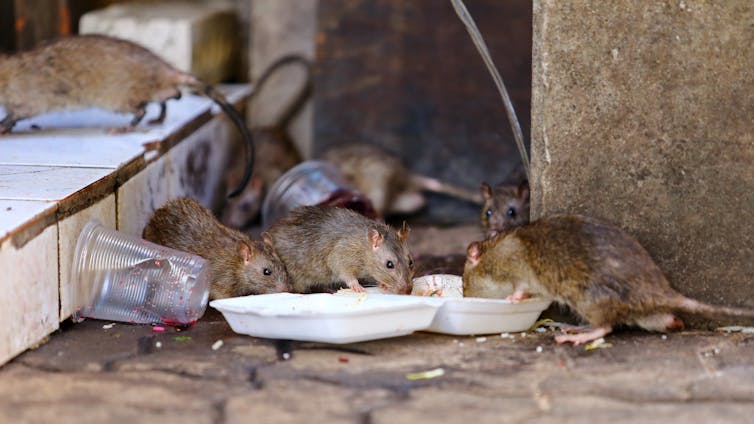Sky Palma
RAW STORY
April 26, 2023

Donald Trump at CPAC / Gage Skidmore
As outrage from some conservatives blew up over Bud Light's sponsorship deal with trans influencer Dylan Mulvaney, former President Donald Trump was notably silent as calls for a boycott of the company grew.
According to The Independent, Trump's silence on the matter was possibly due to the fact that he holds a significant financial interest in Anheuser-Busch InBev, the company that produces Bud Light.
In his most recent financial disclosure, Trump is shown to own between $1 million and $5 million in Anheuser-Busch InBev stock under an account listed as “DJT Trust — Investment Account #2."
Trump's eldest son, Donald Trump Jr., even called for the boycott to end as outrage over Mulvaney peaked
“So here’s the deal. Anheuser-Busch totally s*** the bed with this Dylan Mulvaney thing. I’m not, though, for destroying an American, an iconic company for something like this,” Trump Jr. said on a recent episode of his Triggered podcast, adding that the company does not “participate in the same woke garbage that other people in the beer industry actually do” and claimed the company’s competitors “are significantly worse offenders."
It's not known if Trump Jr. holds the same financial interest in the company as his father.
April 26, 2023

Donald Trump at CPAC / Gage Skidmore
As outrage from some conservatives blew up over Bud Light's sponsorship deal with trans influencer Dylan Mulvaney, former President Donald Trump was notably silent as calls for a boycott of the company grew.
According to The Independent, Trump's silence on the matter was possibly due to the fact that he holds a significant financial interest in Anheuser-Busch InBev, the company that produces Bud Light.
In his most recent financial disclosure, Trump is shown to own between $1 million and $5 million in Anheuser-Busch InBev stock under an account listed as “DJT Trust — Investment Account #2."
Trump's eldest son, Donald Trump Jr., even called for the boycott to end as outrage over Mulvaney peaked
“So here’s the deal. Anheuser-Busch totally s*** the bed with this Dylan Mulvaney thing. I’m not, though, for destroying an American, an iconic company for something like this,” Trump Jr. said on a recent episode of his Triggered podcast, adding that the company does not “participate in the same woke garbage that other people in the beer industry actually do” and claimed the company’s competitors “are significantly worse offenders."
It's not known if Trump Jr. holds the same financial interest in the company as his father.










